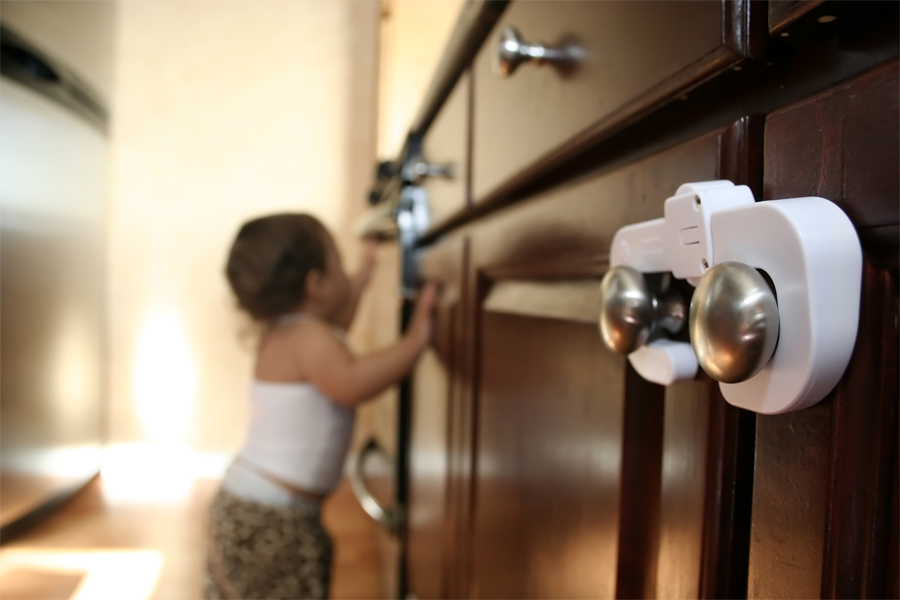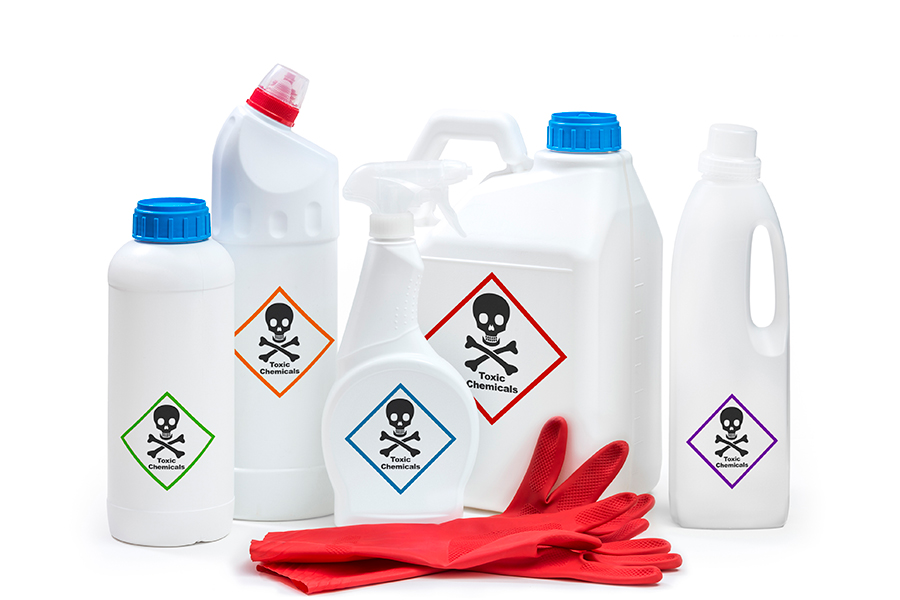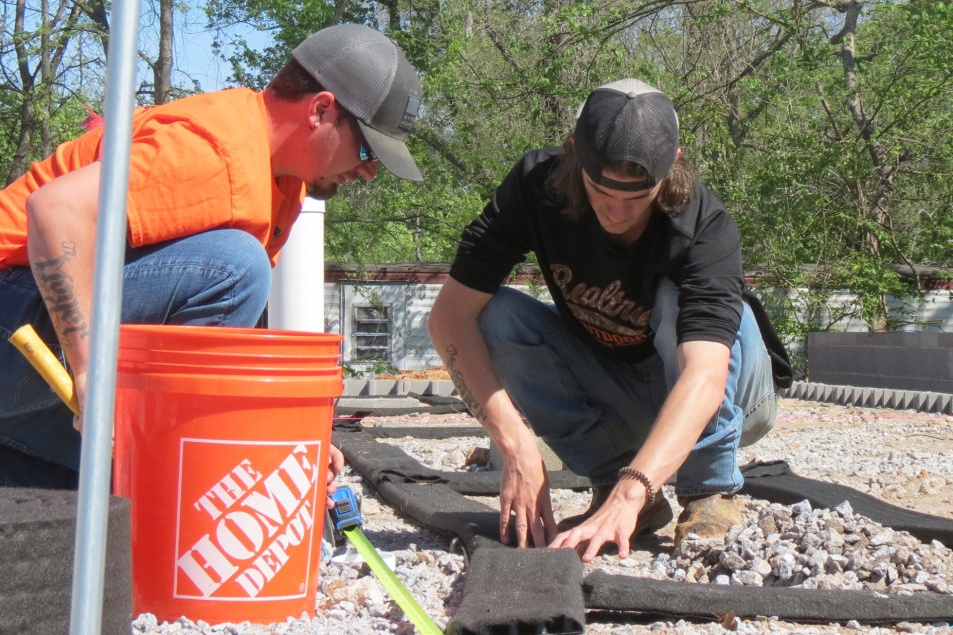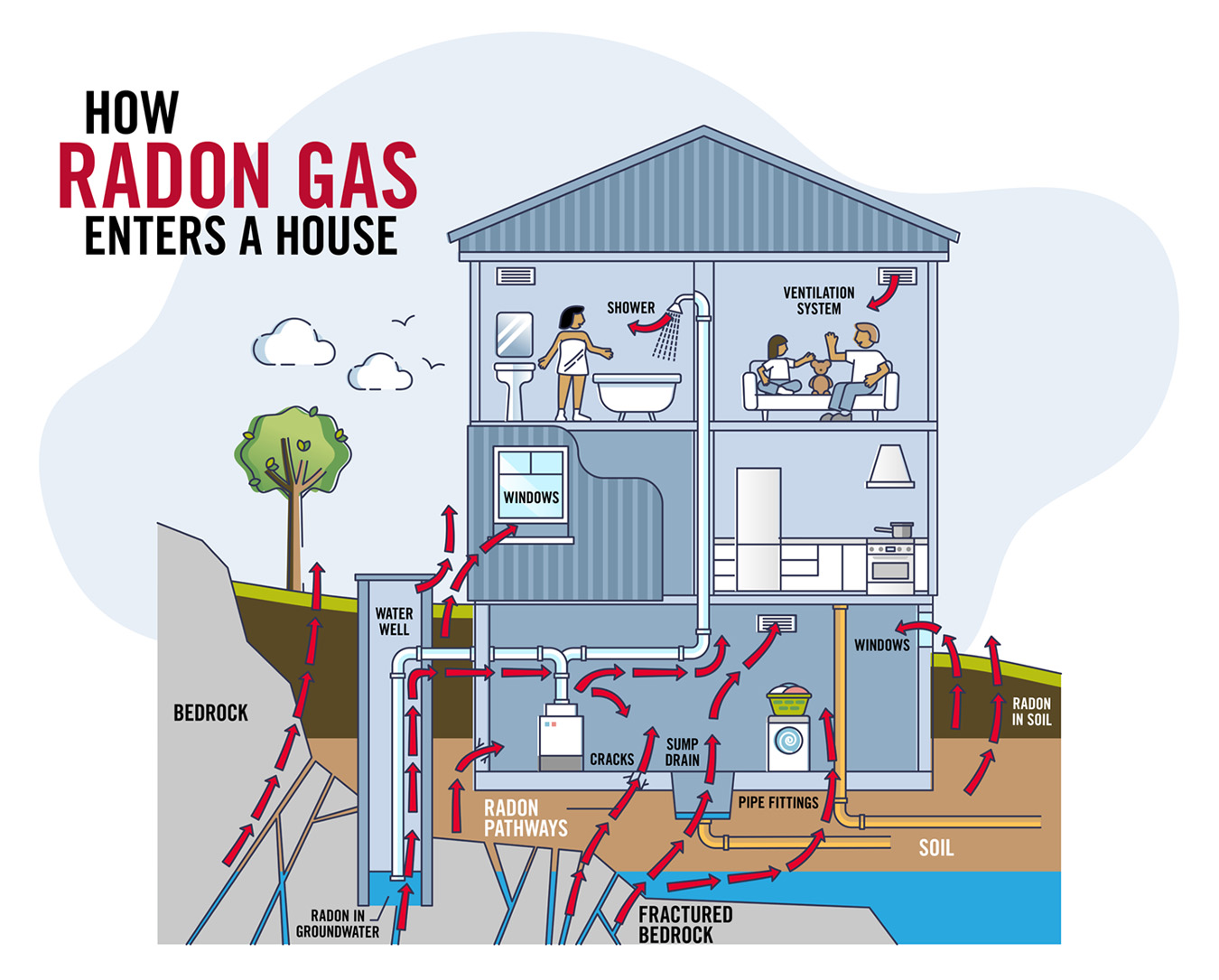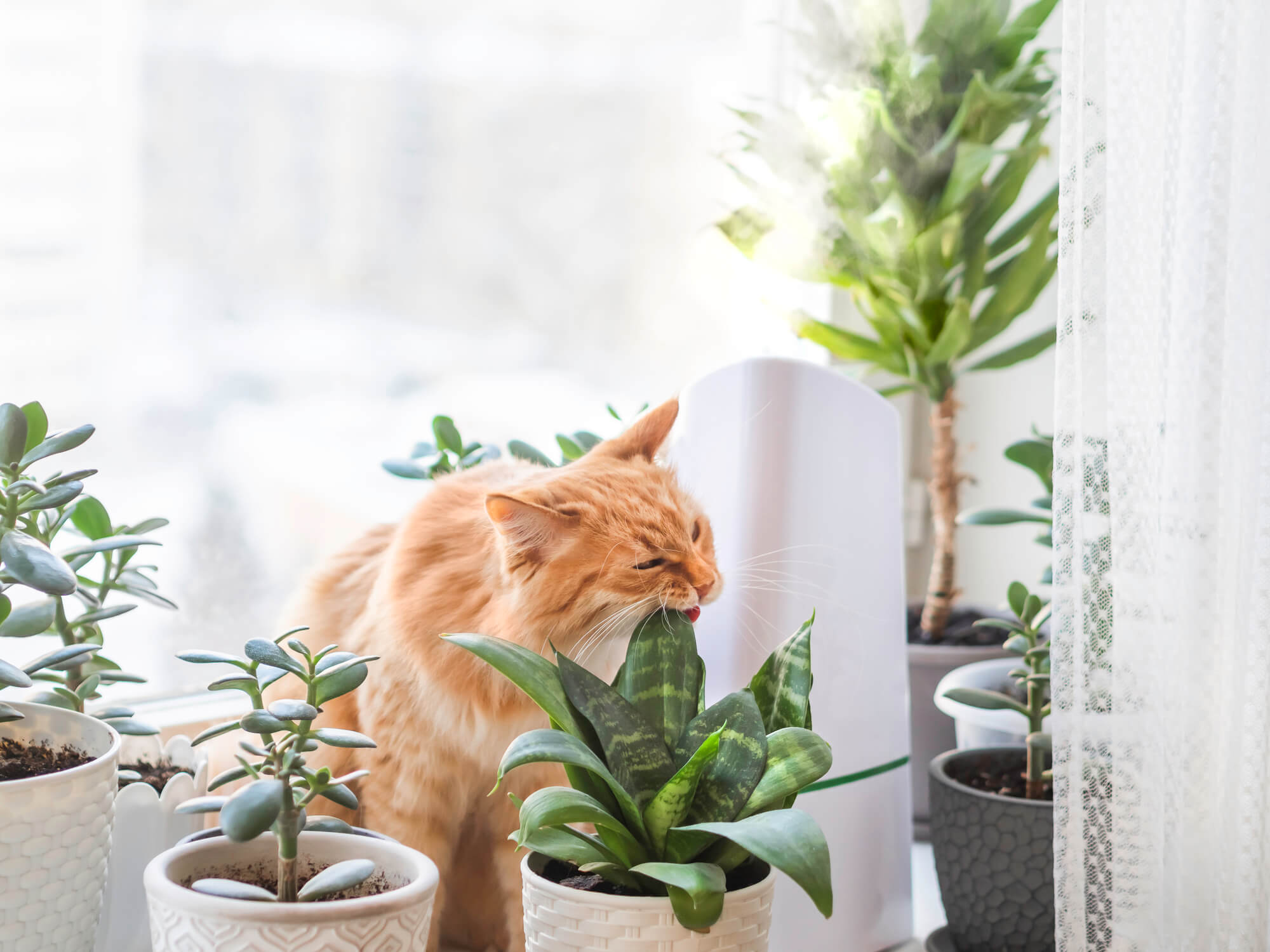Introduction
In every area of your home, you can find potentially dangerous products and substances. Taking care of your home requires the use of many products, which contain toxic, flammable or corrosive ingredients that can be hazardous if used, stored or disposed of incorrectly. It is important to know how to safely use and store these products and where to dispose of unused or old products that could endanger people and the environment. Special care should be taken when disposing of hazardous products. You can make your home safer and healthier by reducing exposure to hazards in your home.
Common hazardous household products by room
Living Room: Carbon monoxide, wax melters, candles, incense, wall plug-ins, vape, tobacco smoke, and lead.
Bedroom: Dry cleaning, mercury thermostat, vape, tobacco smoke, mothballs, candles, wall plug-ins, and lead.
Garage: Pesticides, herbicides, fungicides, weed killer, fertilizer, automotive batteries, antifreeze, brake fluid, gasoline, diesel, motor oil, transmission fluid, starter fluid, carbon monoxide, and car polish and wax.
Kitchen: Ammonia, air freshener, wall plug-ins, wax melters, furniture polish, lighter fluid, metal polish, oven cleaner, batteries, light bulbs, floor cleaner, bleach-based cleaners, and lead.
Bathroom: Medications, cosmetic products, aerosol sprays, alcohol-based products (nail polish remover, hand sanitizers, etc.), corrosive chemicals, disinfectants, drain cleaner, tub, toilet, and tile cleaners, window cleaner, bleach-based cleaners, and lead.
Laundry Room: Bleach, detergent, stain remover, fabric softeners, and fluorescent light bulbs.
Basement: Paint, including spray paint, paint stripper, paint thinner, stain, turpentine, varnish, and radon.
What actions can you take for a safer healthier home?
There are things you can do to protect yourself, your household and your community from unnecessary exposure to hazardous household products.
Select safer products
- Read the label to see if the ingredients are safe to use in your home.
- Buy fewer hazardous household chemicals. Look for signal words on the label. POISON means highly toxic. DANGER means extremely flammable or corrosive or highly toxic. WARNING or CAUTION means less toxic.
- Use multi-use products to limit the number of products in your home.
- Avoid using aerosol products with hazardous or toxic propellants.
- Use green cleaning products. Find recipes to make green cleaning products at www.georgiahealthyhousing.org.
Dispose of products properly
- Both alkaline and rechargeable batteries can be recycled.
- Gasoline and motor oil can be dropped off at automotive retail stores.
- Fluorescent lights contain small amounts of mercury and can often be dropped off for recycling in home improvement stores.
- Prescription drugs should not be washed down the sink, flushed down the toilet, or thrown in the trash. Improper disposal can result in water and soil contamination. Contact your local government to see if your community holds a prescription drug take back day.
- Work with your community to hold a hazardous household waste collection day.
- Find out where to take hazardous household items at www.earth911.com or contact your local recycling or waste management provider.
Use and store products safely
- Read and follow the directions on the label.
- Use in a well-ventilated area. Fumes from products such as bleach can cause harm to the eyes, nose, throat, esophagus, respiratory tract and lungs when used in an enclosed space.
- Never mix products containing bleach and ammonia.
- Remember, hazardous products may be flammable, explosive/reactive, corrosive/caustic, toxic/poisonous or reactive. Follow label directions for proper storage.
- Leave the product in its original container with the original label attached.
- Never store household products in food or beverage containers, including homemade green cleaning and pesticide products.
- Store on high shelves or in locked cabinets out of reach of children and animals.
- Keep and use volatile products—those that warn of vapors and fumes—in a well-ventilated area.
- Allow surfaces to dry after using cleaning products, especially disinfectants and sanitizers, before individuals or pets come into contact with them.
For more information to help keep you and your family safe, visit healthyhomes.uga.edu.
References
U.S. Food & Drug Administration. (2017, April 21). Disposal of unused medicines: What you should know. https://www.fda.gov/drugs/resourcesforyou/consumers/buyingusingmedicinesafely/ensuringsafeuseofmedicine/safedisposalofmedicines/ucm186187.htm
U.S. Environmental Protection Agency. (2017, April 10). Hazardous waste. https://www.epa.gov/hw
Acknowledgments
Reviewer: Diandria Barber, University of Georgia Extension
The original publication was written by Dr. Pamela Turner and Colin Couch. Revised in 2020 by Pamela Turner and Diandria Barber.



